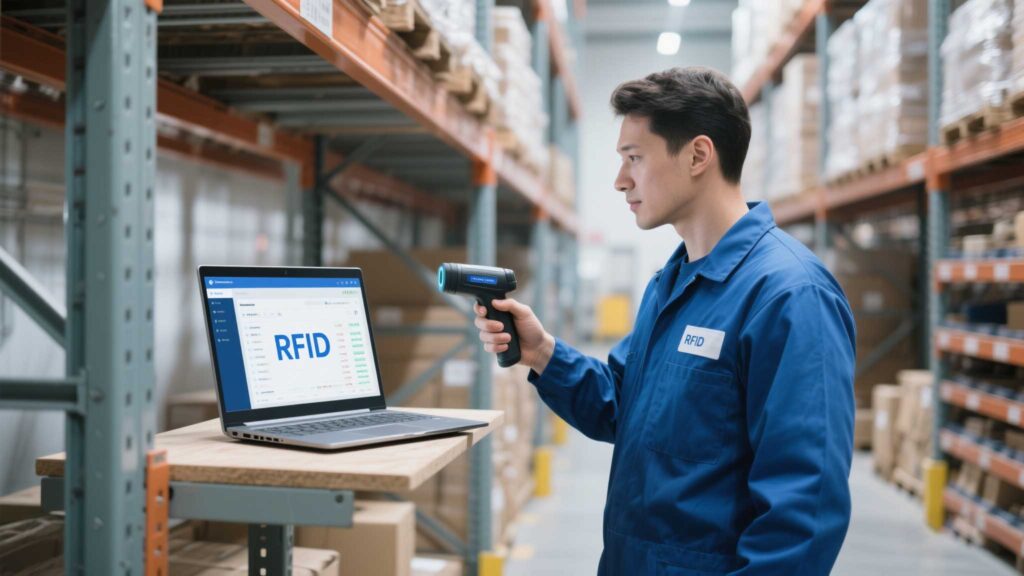What Are the Best RFID Tags for Tracking High-Value Assets?
443Discover the best RFID tags for tracking high-value assets like jewelry, medical devices, and industrial equipment. Learn how Cykeo’s secure tags prevent theft and loss.
MoreAll RFID Product
Integrating handheld RFID scanners with inventory software eliminates manual data entry, reduces errors, and delivers real-time stock visibility. While the process varies by platform, most systems follow a similar workflow. Here’s how to ensure a smooth setup, whether you’re using SAP, Fishbowl, or custom solutions.

Most handheld RFID scanners pair with devices via:
For Cykeo scanners, the DeviceLink app auto-detects compatible software and configures protocols like MQTT or HTTP/S.
For large-scale operations, enable:
Cykeo’s scanners include pre-built connectors for platforms like Zebra Savanna and Oracle SCM, cutting setup time by 75%. A retail chain using Cykeo integrated 200 scanners across 10 stores in under 48 hours, achieving 99.8% data accuracy.
Discover the best RFID tags for tracking high-value assets like jewelry, medical devices, and industrial equipment. Learn how Cykeo’s secure tags prevent theft and loss.
Moreefficient and precise laboratory management becomes a key factor in enhancing competitiveness,RFID technology has emerged as a game-changing solution, gradually becoming a must-have technology for research and testing institutions.
MoreCykeo hosted UAE industry leaders to demonstrate RFID solutions for supply chain optimization, smart retail, and sustainable cities. Explore how our partnership drives operational efficiency.
MoreExplore the key uses of RFID card readers, including access control, payments, and inventory tracking. Learn how Cykeo’s RFID solutions enhance security and efficiency.
More